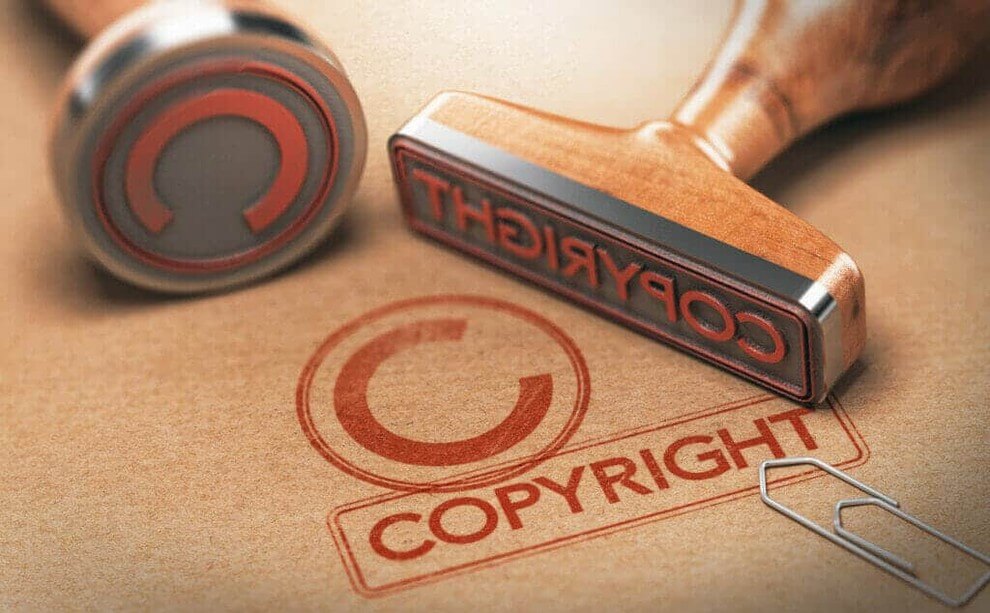Copyright laws protect the expression of original ideas, preventing unauthorized use or distribution by others. However, these laws sometimes come into conflict with the need for individuals to express themselves freely. This conflict is especially relevant in a digital age, where it is easier than ever to create, distribute, and consume creative works.
Fair use is a legal doctrine that aims to balance copyright protection and freedom of expression. It is a crucial tool for artists, educators, and journalists to use copyrighted works without seeking permission or facing legal repercussions. Fair use is not a free-for-all that permits unlimited infringement of copyrighted works. Instead, it is a flexible and context-specific doctrine that considers factors such as the purpose and character of the use, the nature of the copyrighted work, and the effect of the use upon the potential market for the copyrighted work.

One of the critical factors in determining fair use is the purpose and character of the use. Fair use generally applies to transformative uses of copyrighted works, where the work is used in a new context, with new meaning. For example, a parody of a copyrighted work is often considered transformative and fair use because it adds new meaning and commentary to the original work. Similarly, commentary, criticism, and news reporting are often considered fair use because they serve an essential societal function of elevating public discourse.
The nature of the copyrighted work is also significant in determining fair use. For example, factual works are more likely to be subject to fair use than creative works. This is because facts cannot be copyrighted, only the expression of those facts. Therefore, if the use is limited to the facts themselves, it is more likely to be fair use. Additionally, works that are more publicly available, such as news articles or works in the public domain, are more likely to be subject to fair use.

Finally, the effect of the use on the potential market for the copyrighted work is an essential factor in determining fair use. If the use would reduce the value of the copyrighted work or diminish the market for it, it is less likely to be considered fair use. For example, creating a video game that directly competes with a copyrighted game is less likely to be fair use because it could harm the market for that original game.
Fair use is a critical doctrine in balancing copyright protection and freedom of expression. While the legality of specific uses of copyrighted works is often unclear, the ability to claim fair use provides essential protection for individuals and organizations to engage in transformative, essential, and socially beneficial forms of expression. In an era where access to information and culture is essential, the importance of fair use continues to grow.

